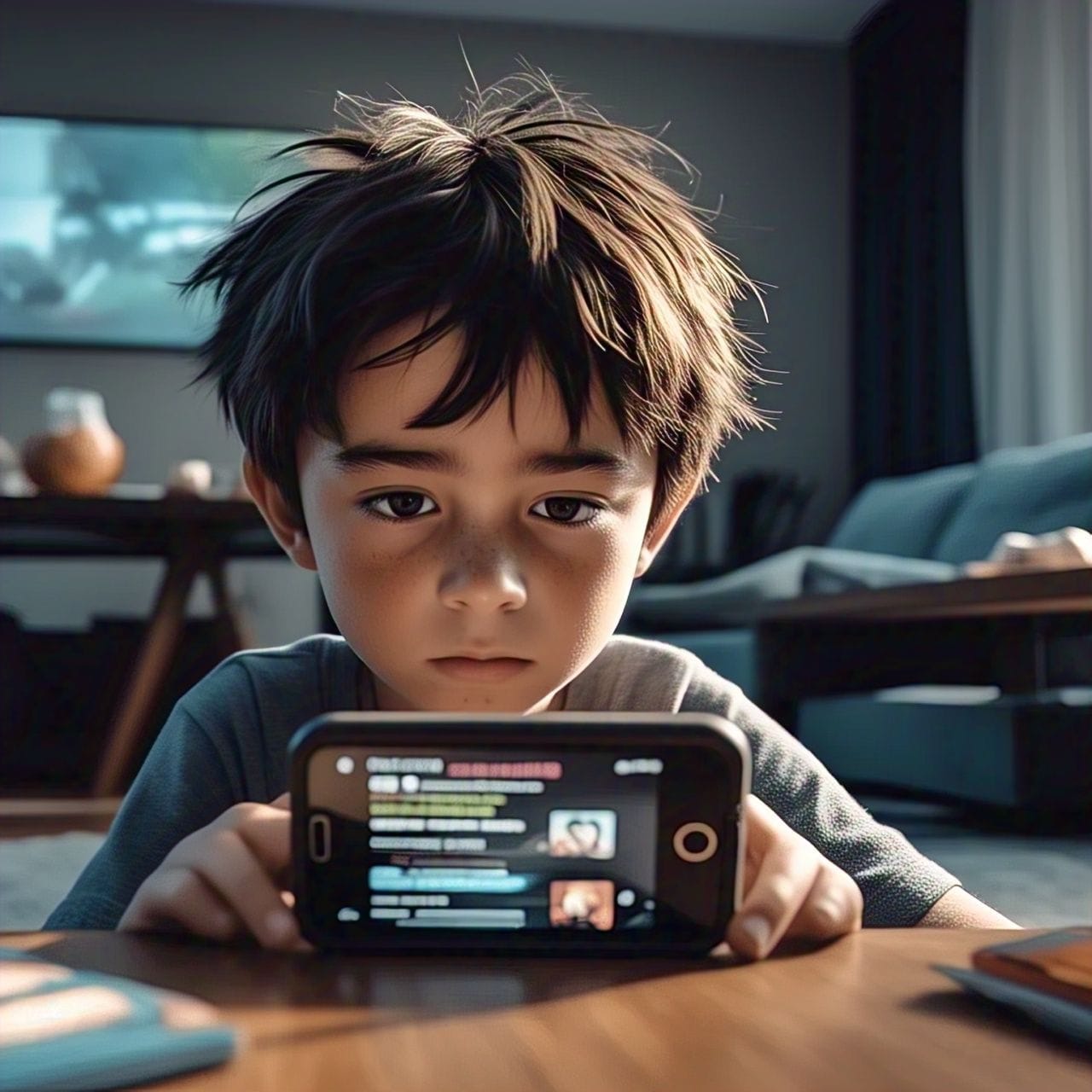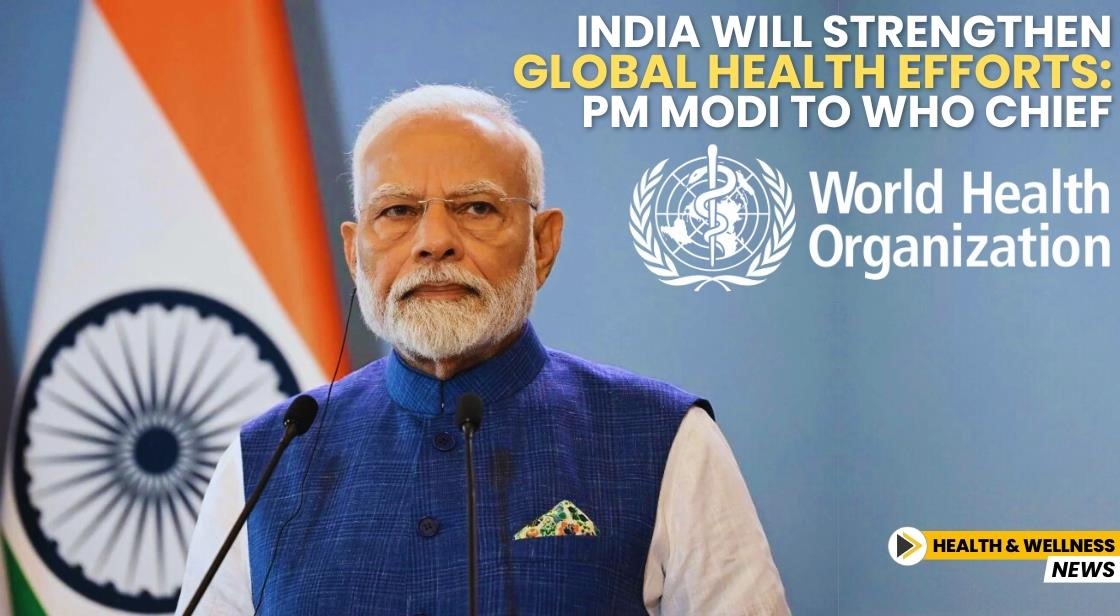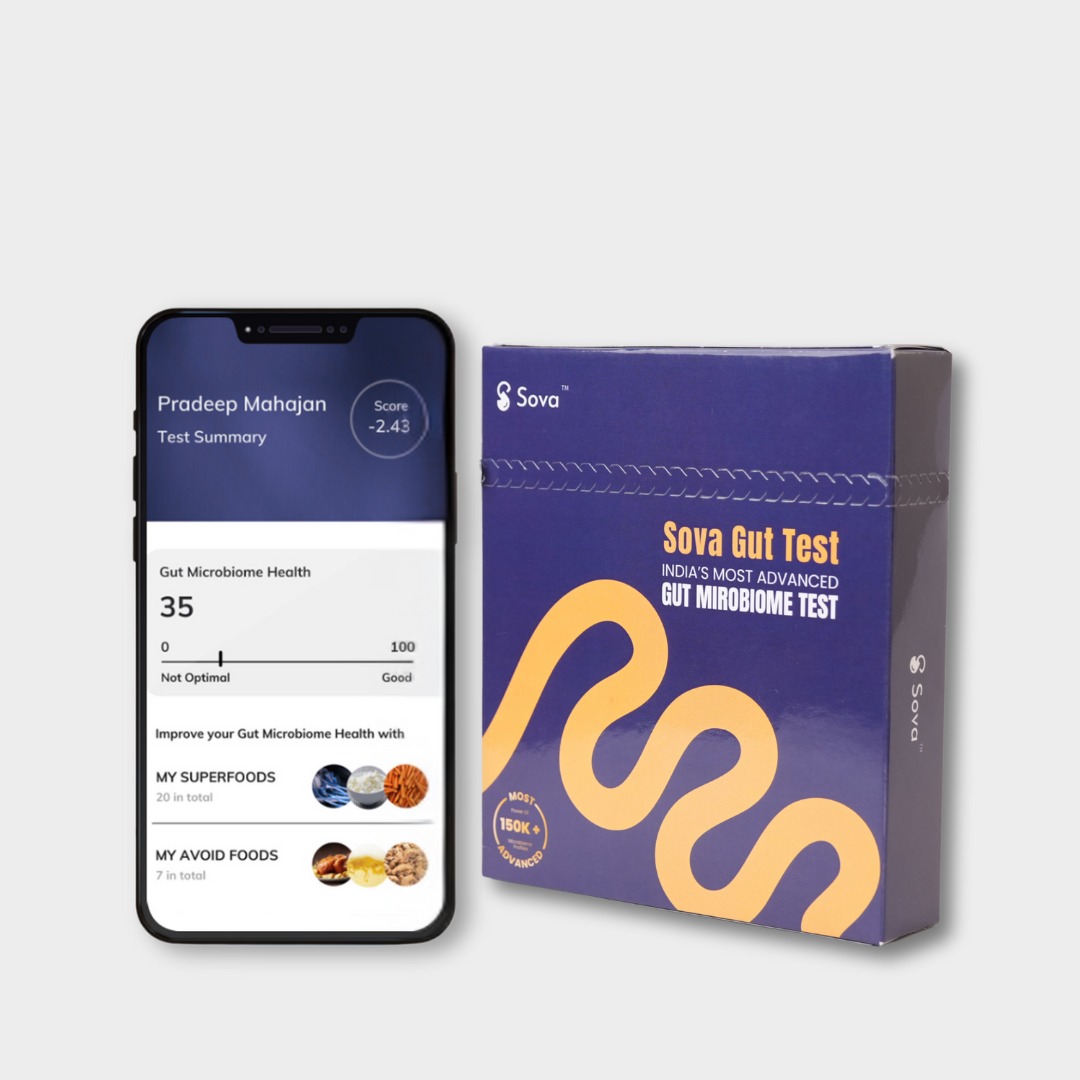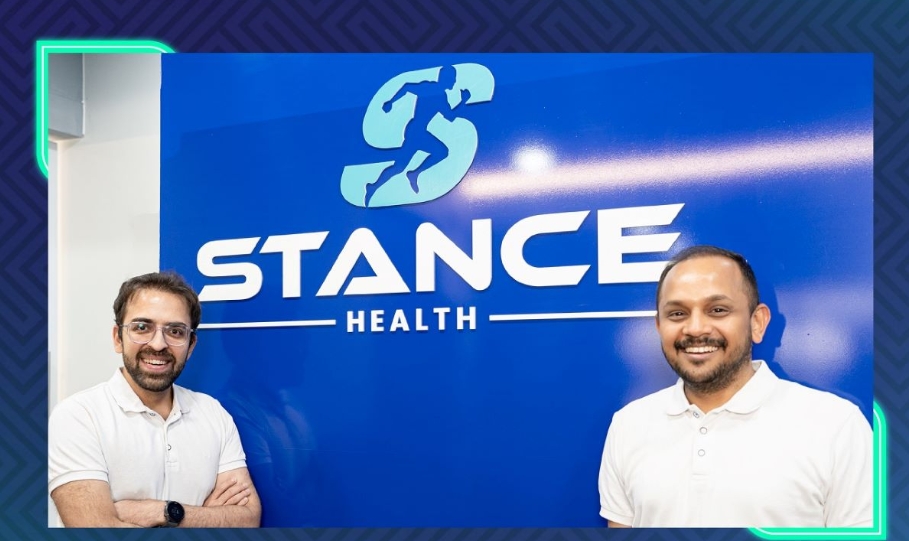Social media has changed the way we consume content, but at what cost? The rise of short-form videos on platforms like Instagram, TikTok, Facebook, and YouTube has created an engaging yet addictive experience. While the impact of excessive screen time on mental health has been widely discussed, medical experts are now warning about a new threat ‘reel-induced eye damage.’
Leading ophthalmologists, speaking at the Joint Meeting of the Asia Pacific Academy of Ophthalmology and the All India Ophthalmological Society, highlighted an alarming increase in cases of eye disorders linked to excessive screen time. Prolonged exposure to digital screens, particularly from watching reels for hours, is causing a spike in conditions such as dry eye syndrome, myopia, eye strain, and even early-onset squinting, especially in children and young adults.
Dr. Lalit Verma, President of the APAO 2025 Congress, stressed the dangers of excessive screen exposure, stating that the trend is leading to a surge in vision-related issues. “We are observing a disturbing pattern where patients, particularly children, are developing chronic eye conditions due to long hours of watching reels,” he said.
One common issue observed is dry eye syndrome. A teenager recently visited an eye clinic complaining of continuous eye irritation and blurry vision. Upon examination, doctors found that his tear production had significantly reduced due to excessive screen time. He was prescribed eye drops and advised to follow the 20-20-20 rule taking a 20-second break every 20 minutes to look at something 20 feet away.
Dr. Harbansh Lal, Chairman of the Organizing Committee and President of the All India Ophthalmological Society, explained that short videos are designed to hold attention for long durations. The constant focus on the screen causes a drastic reduction in blink rates by almost 50% leading to dry eye syndrome and difficulty shifting focus between near and distant objects.
This continuous strain forces the eye muscles to remain in a state of stress, contributing to a phenomenon called ‘accommodation spasm,’ where individuals struggle to adjust focus between screens and their environment. If left unchecked, this condition could lead to permanent vision issues.
Children who spend excessive time watching reels are at an increased risk of developing myopia (nearsightedness). Myopia cases are rising at an unprecedented rate, and experts predict that by 2050, over half of the world’s population will suffer from the condition.
Dr. Lal highlighted an alarming trend: “Previously, changes in lens prescriptions stabilized by the age of 21, but now we are seeing fluctuations until 30. This suggests that increased screen time is directly impacting the natural progression of eye development.”
Additionally, adults are not immune to the effects of screen addiction. Many are reporting frequent headaches, migraines, and sleep disorders, all of which are linked to prolonged exposure to blue light emitted from digital screens.
Beyond physical symptoms, doctors are also seeing social and psychological consequences of excessive reel consumption. Studies suggest that endless scrolling fosters social isolation, mental fatigue, and cognitive overload.
Dr. Samar Basak, President of AIOS, emphasized how this behavior is affecting interpersonal relationships. “People are so absorbed in reels that they neglect real-world interactions, leading to strained family relationships and reduced focus on work and education,” he said. The overstimulation of the brain due to rapid visual changes in reels can also contribute to attention deficits and a decreased ability to retain information.
Dr. Partha Biswas, a senior ophthalmologist, coined the term ‘Reel Vision Syndrome’ to describe the overstimulation caused by artificial lighting, rapid scene shifts, and prolonged near-focus activity. If corrective action is not taken, this could soon evolve into a full-blown public health crisis.
With screen dependency at an all-time high, experts suggest several strategies to reduce the risk of eye damage:
1. Follow the 20-20-20 Rule: Every 20 minutes, take a 20-second break and look at something 20 feet away. This simple habit helps relax eye muscles and reduce strain.
2. Increase Your Blink Rate: Blinking naturally lubricates the eyes. Making a conscious effort to blink more frequently while watching screens can prevent dryness and irritation.
3. Reduce Screen Time: Setting limits on social media usage and scheduling screen-free periods can help minimize dependency and give the eyes much-needed rest.
4. Use Blue Light Filters: Many digital devices have built-in blue light filters. Using these features, along with anti-glare screen protectors and blue light-blocking glasses, can help reduce strain.
5. Encourage Outdoor Activities: Spending time outdoors, especially in natural light, has been shown to slow the progression of myopia in children. Encouraging outdoor play and reducing screen exposure can help maintain good vision health.
6. Practice Digital Detoxes: Periodic digital detoxes, where individuals take a break from screens, can help reset visual health and reduce dependence on digital stimulation.
7. Maintain Proper Screen Distance and Lighting: Keeping screens at an appropriate distance (about an arm’s length away) and adjusting brightness levels to match ambient lighting can prevent additional strain on the eyes.
The rise of ‘reel-induced eye damage’ demands immediate action from parents, educators, and healthcare professionals. Parents must take an active role in regulating their children’s screen time and promoting healthier digital habits.
“Parents need to monitor and limit their children’s exposure to short-form video content. Implementing household screen time rules and encouraging alternative activities can make a huge difference in preserving eye health,” advised Dr. Lal.
Schools also have a role to play by incorporating eye health awareness programs and promoting healthy screen habits among students. Workplaces can introduce digital wellness initiatives to ensure employees are not overexposed to screens.
With social media continuing to dominate entertainment, the problem of excessive screen time will only grow if not addressed. However, with awareness and proactive measures, individuals can take control of their digital consumption and protect their vision for the future.
As Dr. Lal aptly put it, “Reels may be short, but their impact on eye health can last a lifetime.” It’s time to rethink our relationship with screens before our eyes pay the price.
By adopting healthier screen habits and prioritizing eye care, we can prevent the irreversible damage caused by prolonged digital exposure. The responsibility lies with all of us to make conscious choices today for clearer vision tomorrow.
Source: indiatoday.in

 By adopting healthier screen habits and prioritizing eye care, we can prevent the irreversible damage caused by prolonged digital exposure.
By adopting healthier screen habits and prioritizing eye care, we can prevent the irreversible damage caused by prolonged digital exposure.







.png)

.png)










.jpeg)


.jpeg)



.jpeg)
.jpeg)






.jpeg)





